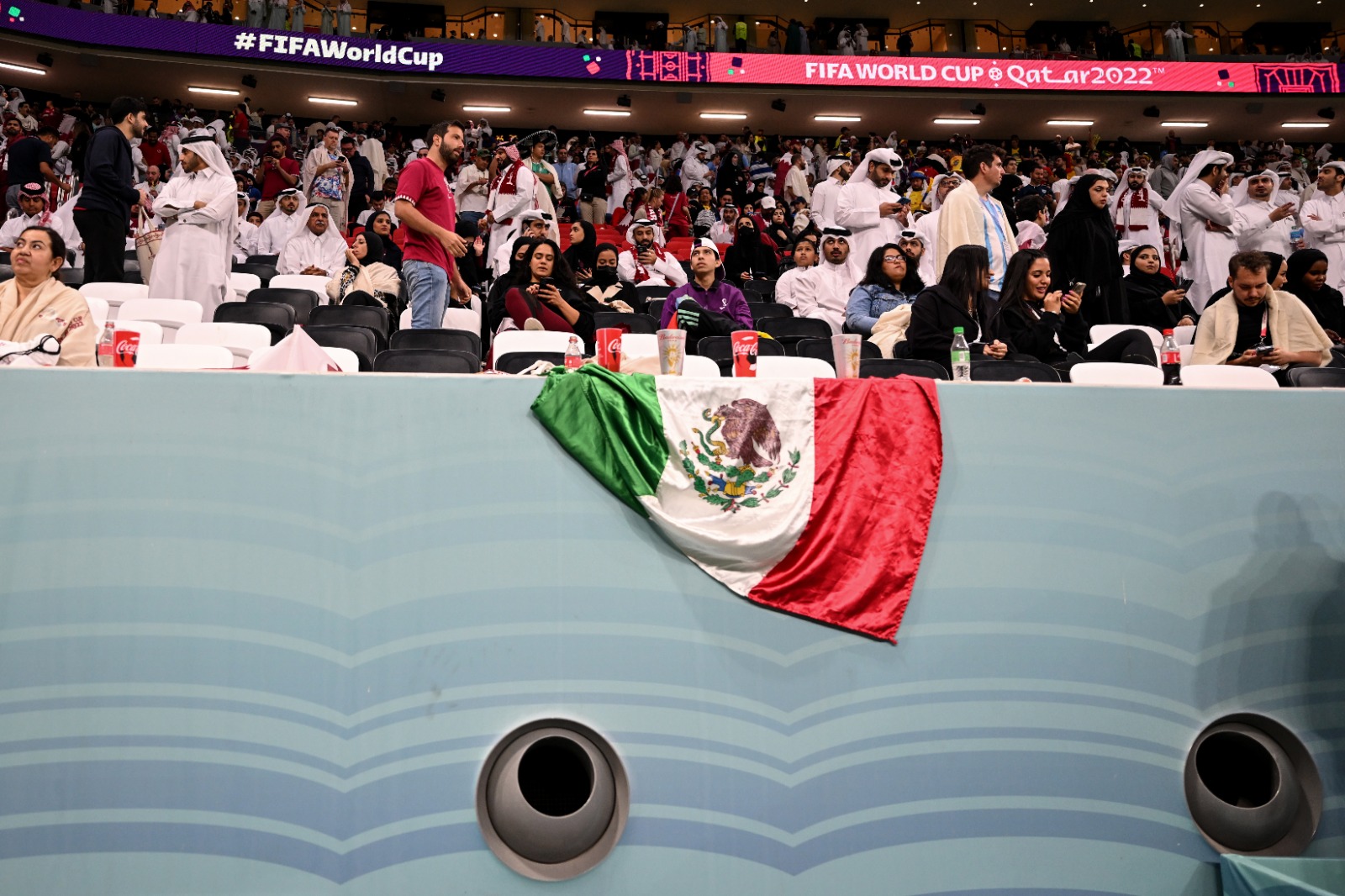DESERT conditions are predictably hot, if you’re not used to it, but Qatar-inducted cooling technology kicks off as one of Qatar 2022’s major success stories.
With innovation and sustainability, the revolutionary system was first showcased during the inauguration of Khalifa International Stadium as early as in 2017 and since then has been adapted to benefit six more tournament venues, as well as other facilities across the country.
The outside temperatures estimated to be 18-24°C. But the technology will, however, allow sporting events to be held all-year-round, in addition to other activities, like shopping and farming, says Jita Singh, the former award-winning Singapore coach, who is now in Doha, the capital of Qatar.
“I know energy-efficient cooling systems have been developed and the technology is now fitted in seven of eight Qatar 2022 stadiums, with the only exception Stadium 974, which is fully-demountable and features natural ventilation,” he said.
COOLING TECHNOLOGY
“Each of the other venue’s cooling technology is different and made to fit its unique design and features. Using solar-powered energy, outside air is cooled and then distributed through grills in the stands and large pitch-side nozzles. The systems use insulation and spot cooling to make them as environmentally-friendly as possible.”
Jita, who is familiar with desert conditions as an international Coach Instructor, explained that spot cooling means “they only cool the areas where people need it – like on the pitch and in the stands…the form of each stadium acts as a barrier, which contains a cold bubble inside”.
England coach Darren Southgate, too, appeared unfazed. In a recent interview, he said: “No matter when it is, the time of year – it’s in the winter now and we’re here in 30 degree heat – but we want to enjoy it as much as we can. We are going out there to embrace it, to enjoy everything that comes with it. Listen, we don’t get the sun too often back home so let’s enjoy it.”
GAME-CHANGER
Qatar’s extensive air circulation technique cools the air, filters it and pushes it out towards the players and fans. He added: “Each stadium is cooled to a comfortable temperature of around 20 degrees, with spot cooling enhancing our commitment to sustainability and the environment.”
Another advantage of the technology is the fact it is unpatented – meaning businesses and countries can use it to develop similar systems.
Southgate said: “This technology is a potential game-changer for countries with hot climates. That is why they made sure that anyone can use it.”
Qatar holds its head high that “this technology can be adapted by other countries and businesses…it is one of Qatar’s many gifts to the world, resulting from its hosting of the World Cup.”
Jita said: “This Qatar-technology has great potential for transforming outdoor spaces. They have implemented the same systems in farms and were able to develop energy-efficient methods to grow food during the hot summer months.”
Giving the thumbs-up, Jita says Qatar’s World Cup promises was to “spur technological innovation…their dream is to see this technology taken further and developed to benefit other communities across the globe.”
* Suresh Nair is an award-winning sports journalist who is also a qualified international coach and international referee instructor
Here are more stories related to the FIFA World Cup.

